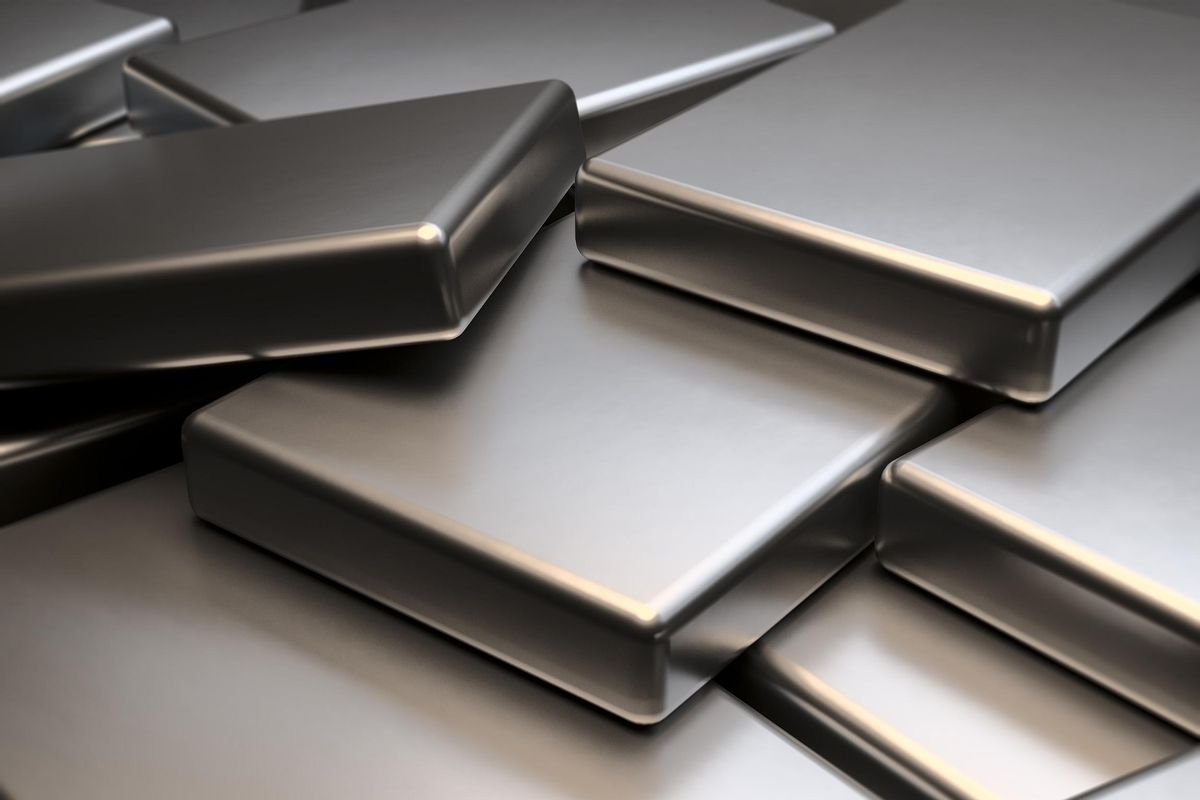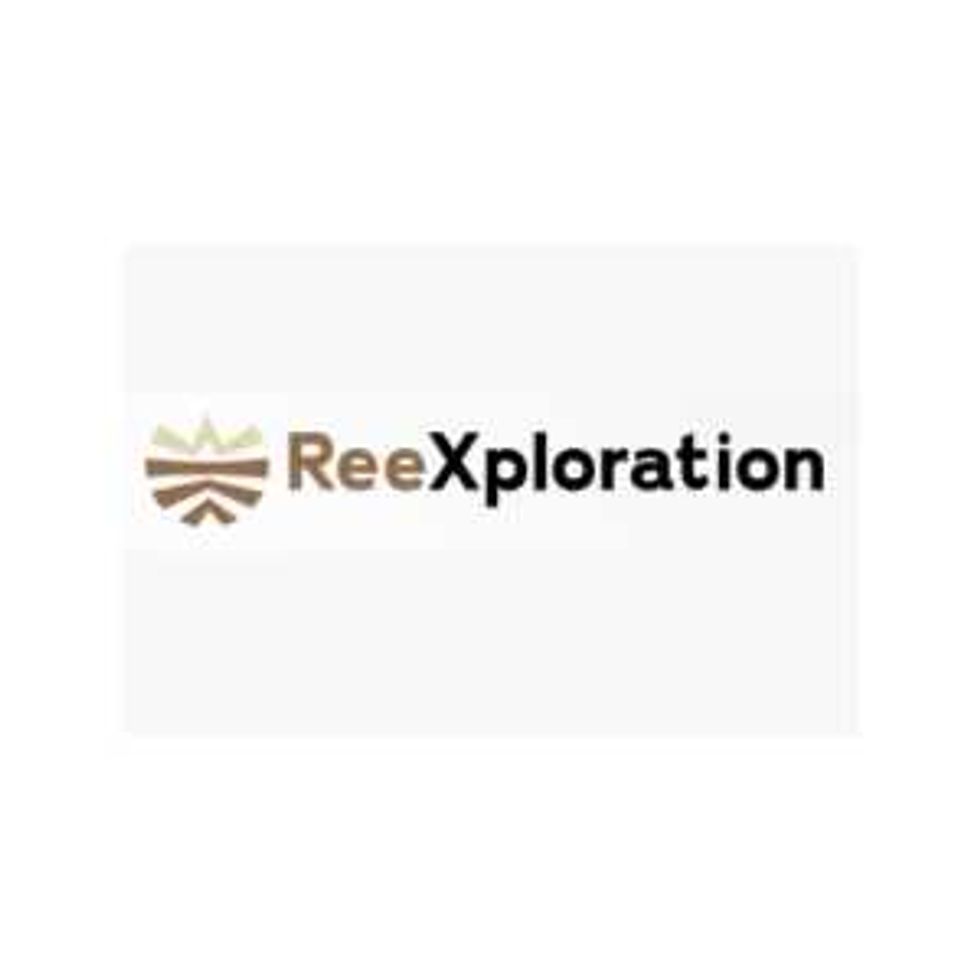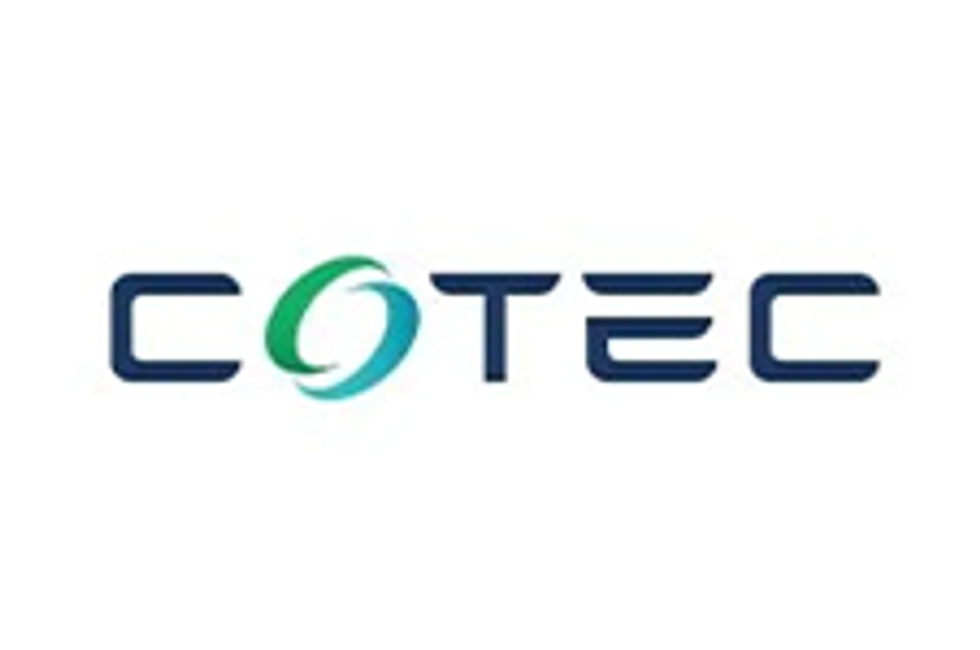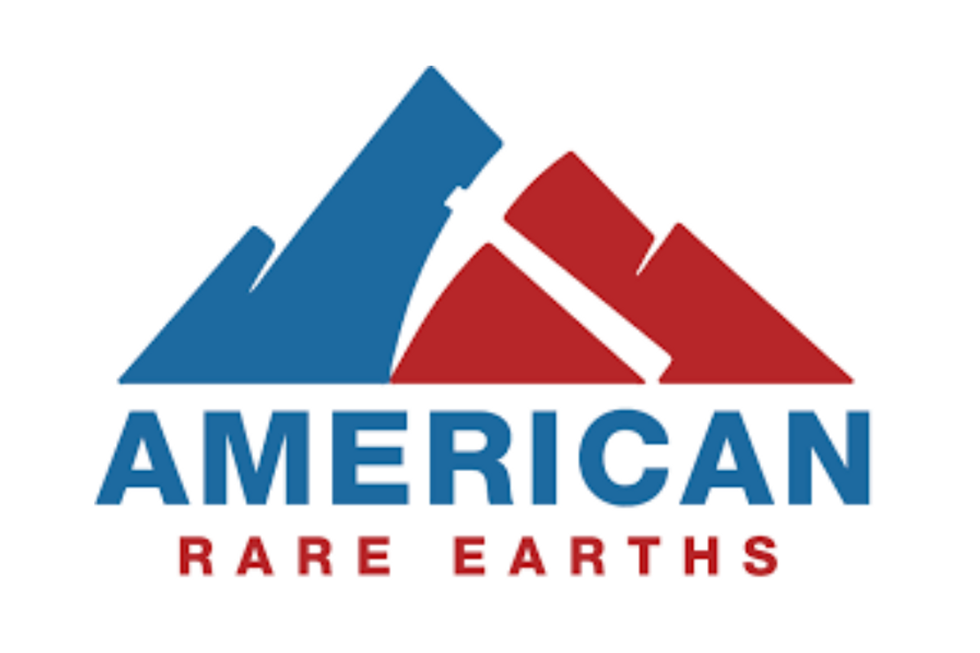How to Invest in Rare Earth Metals
Want to invest in rare earth metals? Here's a breakdown of the rare earths sector's fundamentals, as well as how to get exposure to the market through stocks and ETFs.

Investing in rare earth minerals can seem tricky, but there are a variety of rare earths stocks and exchange-traded funds (ETFs) available for metals investors.
The rare earths sector may seem daunting, as many elements fall under the umbrella, and the 17 rare earth elements (REEs) are as diverse as they are challenging to pronounce.
The group is made up of 15 lanthanides, plus yttrium and scandium, and each element has different applications, pricing and supply and demand dynamics. Sound complicated? While the REE space is undeniably complex, many investors find it compelling and are interested in finding ways to get a foot in the door.
Read on for a more in-depth look at the rare earth metals market and the many different types of rare earth minerals, plus rare earths stocks and ETFs you can invest in.
In this article
What are the types of rare earth minerals?
There are a number of ways to categorize and better understand rare earths, which will help you know which companies to invest in based on what they're targeting.
For example, they are often divided into “heavy” and “light” categories based on atomic weight. Heavy rare earths are generally more sought after, but light REEs are important too.
Rare earths can also be grouped together according to how they are used. Rare earth magnets include praseodymium, neodymium, samarium and dysprosium, while phosphor rare earths — those used in lighting — include europium, terbium and yttrium. Cerium, lanthanum and gadolinium are sometimes included in the phosphor category as well. For a detailed breakdown of rare earths uses, check out our guide.
One aspect that is common to all the rare earths is that price information is not readily available — like other critical metals, rare earth materials are not traded on a public exchange. That said, some research firms do make pricing details available, usually for a fee, including Strategic Metals Invest, Fastmarkets and SMM.
What factors affect supply and demand for rare earths?
As mentioned, each REE has different pricing and supply and demand dynamics.
However, there are definitely overarching supply and demand trends in the sector. Most notably, China accounts for the vast majority of the world’s supply of rare earth metals. As the world’s leading producer, the Asian nation accounted for roughly 70 percent of rare earths production in 2024, or 270,000 metric tons (MT), with the US coming in a very distant second at 45,000 MT. After the US, Myanmar is the third largest rare earths producer with total output of 31,000 MT last year. On top of that, China is also responsible for 90 percent of refined rare earths output.
The strong Chinese monopoly on rare earths production has created problems in the sector in the past. For instance, prices in the global market spiked in 2010 and 2011 when the country imposed export quotas.
The move sparked a boom in global rare earth metals exploration outside of China, but many companies that entered the space at that time fell off the radar when rare earths prices eventually sank again. Molycorp, once North America’s only producer of rare earths, is a notable example of how hard it is for companies to set up shop outside China. It filed for bankruptcy in 2015. But the story didn’t end there — MP Materials (NYSE:MP), the company that now owns Molycorp’s assets, went public in mid-2020 in a US$1.47 billion deal, and a year later was a US$6 billion company.
MP Materials is now the western hemisphere's largest rare earths miner, putting out high-purity separated neodymium and praseodymium oxide; a heavy rare earths concentrate; and lanthanum and cerium oxides and carbonates.
Concerns about China’s dominance are ongoing as the US/China trade war continues and as supply chain stability grows in importance. The Asian nation has tightly controlled how much of its rare earths products make it into global markets through a quota system initiated in 2006.
US President Donald Trump's high tariffs targeting Chinese goods has resulted in China enacting further rare earth export restrictions. In April 2025, the Government of China placed strict export controls on samarium, gadolinium, terbium, dysprosium, lutetium, scandium and yttrium — all crucial for the production of electric vehicles, smartphones, fighter jets, missiles and satellites.
Sharing a border with China, Myanmar is the source of at least 70 percent of its neighbor’s medium to heavy rare earths feedstock. With that in mind, it's not surprising that a temporary halt in Myanmar’s production in late summer of 2023 sent rare earths prices to their highest level in 20 months, as per OilPrice.com.
Myanmar's rare earths production experienced further disruptions in late 2024 as the Kachin Independence Army seized two towns in Kachin state, near China’s Yunnan province, that are critical suppliers of rare earth oxides to China.
Outside of China, one of the world’s leading rare earths producers is Australian company Lynas (ASX:LYC,OTC Pink:LYSCF), which sends mined material for refining and processing at its plant in Malaysia. In 2023, Japan Australia Rare Earths, a joint venture between the Japan Organization for Metals and Energy Security and Sojitz (TSE:2768), inked an agreement to invest AU$200 million in the production and supply of heavy rare earths from Lynas.
This has allowed the mining company to expand its light rare earths production and begin production of heavy rare earths. Lynas brought its large-scale downstream Kalgoorlie rare earths processing facility online in November 2024. According to its H1 2025 fiscal year results, the company's neodymium and praseodymium (NdPr) production volume increased by 22 percent.
In the US, MP Materials is making good use of US$58.5 million awarded in April to support construction of the first fully integrated rare earth magnet manufacturing facility in the US. The funding is part of the Section 48C Advanced Energy Project tax credit granted by the Internal Revenue Service, Department of Treasury and Department of Energy.
The Fort Worth, Texas, magnet facility began producing the NdFeB magnets crucial for EVs, wind turbines and defense systems at the start of 2025. First commercial deliveries are expected by the end of the year.
Looking at demand, many analysts believe the need for rare earths is set to boom on accelerating growth from top end-use categories, including the electric vehicle market and other high-tech applications.
As an example, demand for dysprosium, a key material in steel manufacturing and the production of lasers, has grown as countries increase their steel standards. Aside from that, rare earths have long been used in televisions and rechargeable batteries, two industries that accounted for much demand before the proliferation of new technologies. Other rare earth metals can be found in wind turbines, aluminum production, catalytic converters and many high-tech products.
As can be seen, securing rare earths supply is an increasingly important issue. In addition to traditional rare earths mining, there has been growth in the rare earths recycling industry, which aims to recover REE raw materials from electronics and high-tech products in order to reuse them in new ways.
Exploring and extracting rare earth materials from deep-sea mud is one of the newest recovery methods, although deep sea mining of mud and nodules comes with significant environmental concerns. However, it is gaining traction as more mining companies look offshore for resources and US President Trump pushes for fast tracking of deep-sea mining permits.
How to invest in rare earth minerals
Investors are increasingly wondering how they can invest in rare earth metals as demand ramps up and the US-China trade war has caused further concerns about rare earth supply chains.
The possibility of higher rare earths prices in the coming years is one of the catalysts for investors wondering how they can invest in rare earths. As it's not possible to buy physical rare earth metals, the most direct way to invest in the rare earths market is through mining and exploration companies.
Investing in rare earths stocks
While many rare earth minerals companies are located in China and are not publicly traded, there are a variety of rare earths companies listed on US, Canadian and Australian stock exchanges.
Below is a selection of companies with rare earths assets or operations trading on the NYSE, NASDAQ, TSX and ASX; all had market caps of over $500 million as of April 22, 2025.
- Brazilian Rare Earths (ASX:BRE)
- Energy Fuels (TSX:EFR,NYSEAMERICAN:UUUU)
- Ionic Rare Earths (ASX:IXR)
- Iluka Resources (ASX:ILU)
- Lynas (ASX:LYC,OTC Pink:LYSCF)
- MP Materials (NYSE:MP)
- Neo Performance Materials (TSX:NEO,OTC Pink:NOPMF)
- Peak Rare Earths (ASX:PEK)
Small-cap REE companies are also listed on those exchanges.
Here’s a hefty list of junior rare earths stock and companies with rare earths projects. The rare earths stocks on this list had market caps between $5 million and $500 million as of April 22, 2025:
- Aclara Resources (TSX:ARA,OTC Pink:ARAAF)
- American Rare Earths (ASX:ARR,OTCQB:ARRNF)
- Appia Rare Earths & Uranium (CSE:API,OTCQX:APAAF)
- Arafura Rare Earths (ASX:ARU,OTC Pink:ARAFF)
- Australian Strategic Materials (ASX:ASM,OTC Pink:ASMMF)
- Canada Rare Earth (TSXV:LL,OTC Pink:RAREF)
- Commerce Resources (TSXV:CCE,OTC Pink:CMRZF)
- CoTec Holdings (TSXV:CTH,OTCQB:CTHCF)
- Defense Metals (TSXV:DEFN,OTCQB:DFMTF)
- E-Tech Resources (TSXV:REE)
- Geomega Resources (TSXV:GMA,OTC Pink:GOMRF)
- Hastings Technology Metals (ASX:HAS,OTC Pink:HSRMF)
- Mkango Resources (TSXV:MKA)
- Namibia Critical Metals (TSXV:NMI,OTC Pink:NMREF)
- NioCorp Developments (NASDAQ:NB)
- Northern Minerals (ASX:NTU)
- Pensana (LSE:PRE,OTC Pink:PNSPF)
- Resouro Strategic Metals (TSXV:RSM)
- Ucore Rare Metals (TSXV:UCU,OTCQX:UURAF)
- Vital Metals (ASX:VML)
Investing in rare earths ETFs
Rare earths ETFs offer investors a diversified position in this market space, mitigating the risks of investing in specific companies.
- The VanEck Rare Earth and Strategic Metals ETF (ARCA:REMX) (ARCA:REMX) tracks an index of global mining companies, as well as refiners and recyclers of rare earths and strategic metals. Its top holdings include Lynas and MP Materials.
- The Sprott Critical Materials ETF (NASDAQ:SETM) tracks an index of US and foreign companies related to energy transition materials. Lynas, Energy Fuels and MP Materials are also among its top holdings.
- The Global X Disruptive Materials ETF (NASDAQ:DMAT) tracks materials companies that derive at least half of their revenues from the exploration, mining, production and refining of one or more of 10 materials categories, including rare earths. In addition to Lynas and MP, this ETF also provides exposure to multiple Chinese rare earths companies, and one of its top holdings is China Northern Rare Earth High-Tech Company (SHA:600111).
This is an updated version of an article first published by the Investing News Network in 2020.
Don’t forget to follow us @INN_Resource for real-time news updates!
Securities Disclosure: I, Melissa Pistilli, hold no direct investment interest in any company mentioned in this article.
Editorial Disclosure: American Rare Earths and CoTec Holdings are clients of the Investing News Network. This article is not paid-for content.
- Rare Earths Market Forecast: Top Trends for Rare Earths in 2025 ›
- Rare Earths Stocks: 9 Biggest Companies in 2025 ›
- Top 10 Countries by Rare Earth Metal Production ›
- Rare Earths Reserves: Top 8 Countries ›
- ASX Rare Earths Stocks: 5 Biggest Companies ›



